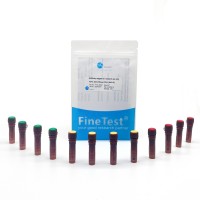The Development of Germline Stem Cells in Drosophila
互联网
互联网
相关产品推荐

Zika virus (ZIKV) (strain Zika SPH2016) ZIKV-E (Stem/anchor domain of flavivirus envelope glycoprotein E) protein (Fc Tag)
¥4520

Recombinant-NIP3-homologdct-1NIP3 homolog; CeBNIP3 Alternative name(s): Daf-16/FOXO controlled germline tumor affecting
¥10654

PE-Cy7 Anti-Mouse CD49b(pan-NK cells) Antibody(DX5)
¥980

Recombinant-Cat-Kit-ligandKITLGKit ligand Alternative name(s): Mast cell growth factor; MGF Stem cell factor; SCF c-Kit ligand Cleaved into the following chain: 1. Soluble KIT ligand; 2. sKITLG
¥10990

Recombinant-Rat-Kit-ligandKitlgKit ligand Alternative name(s): Hematopoietic growth factor KL Mast cell growth factor; MGF Stem cell factor; SCF c-Kit ligand Cleaved into the following chain: 1. Soluble KIT ligand; 2. sKITLG
¥10990
相关问答

